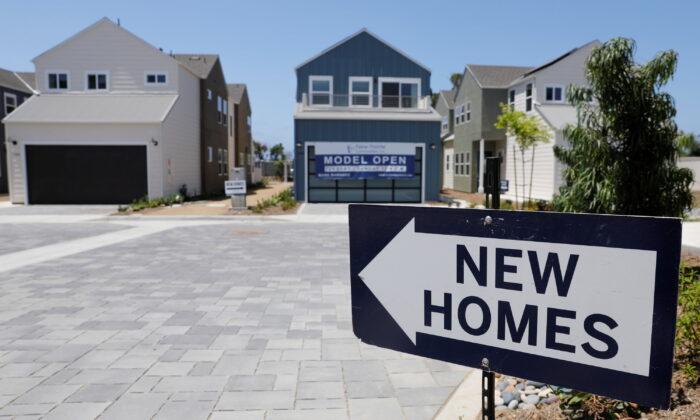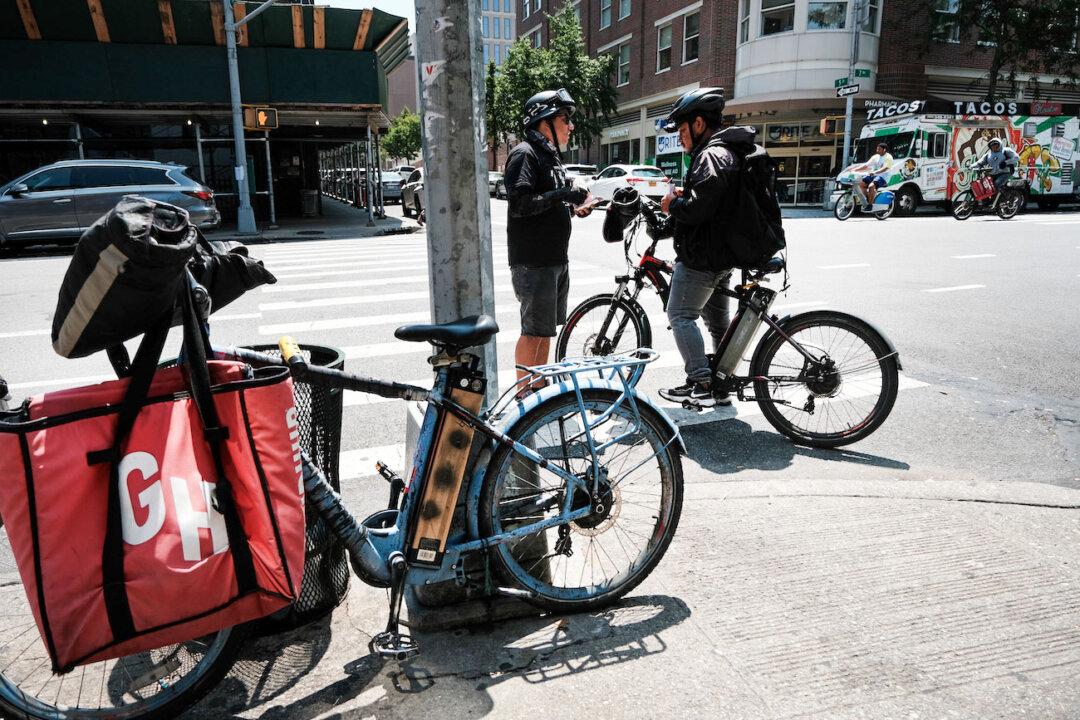Home prices rose by double digits in a record number of markets in the first quarter of 2022 even as mortgage rates rose and home sales declined, according to the National Association of Realtors (NAR).
The South region saw home prices appreciating by 20.1 percent, followed by the Northeast by 6.7 percent, the Midwest by 8.5 percent, and the West by 5.9 percent.
Monthly mortgage rates for a typical existing single-family home with a 20 percent down payment was $1,383 for the first quarter of this year, up by $319 or 30 percent from a year back.
Families typically spent 18.7 percent of their income on paying mortgages, up from 14.2 percent in the same period last year. First-time buyers usually spend 28.4 percent of their family income on mortgage payments, exceeding the 25 percent limit used to judge whether a mortgage is affordable or not.
“Prices throughout the country have surged for the better part of two years, including in the first quarter of 2022,” said Lawrence Yun, NAR chief economist. “Given the extremely low inventory, we’re unlikely to see price declines, but appreciation should slow in the coming months.”
Yun also expects housing demand to see “more pullback” as high mortgage rates take a “heavier toll” on affordability. He sees no indication of rates easing “anytime soon.”
Jerry Konter, chairman of the National Association of Home Builders, points out that mortgage rates have jumped almost a full percentage point between February-end and March.
Meanwhile, builders are also dealing with rising development and construction costs. These factors are adding upward pressure on the prices of new homes.
If housing continues to remain hot, American policymakers might be forced to raise borrowing costs higher, which would hinder attempts to rein in prices and ease growth without pushing the economy into a recession.





